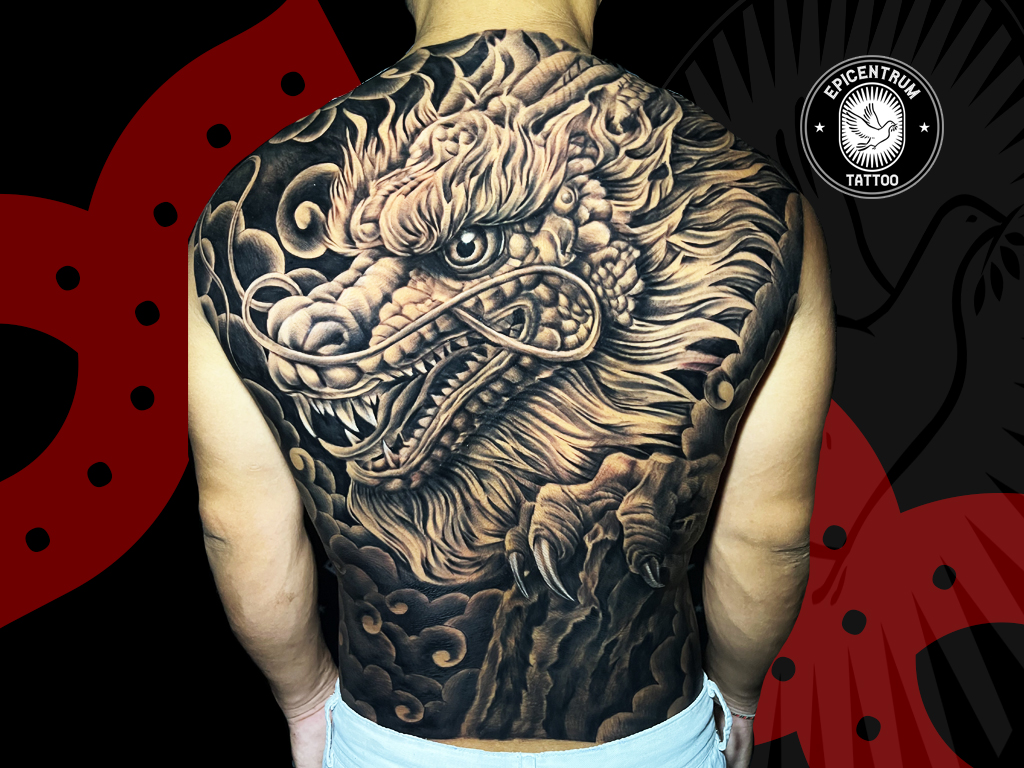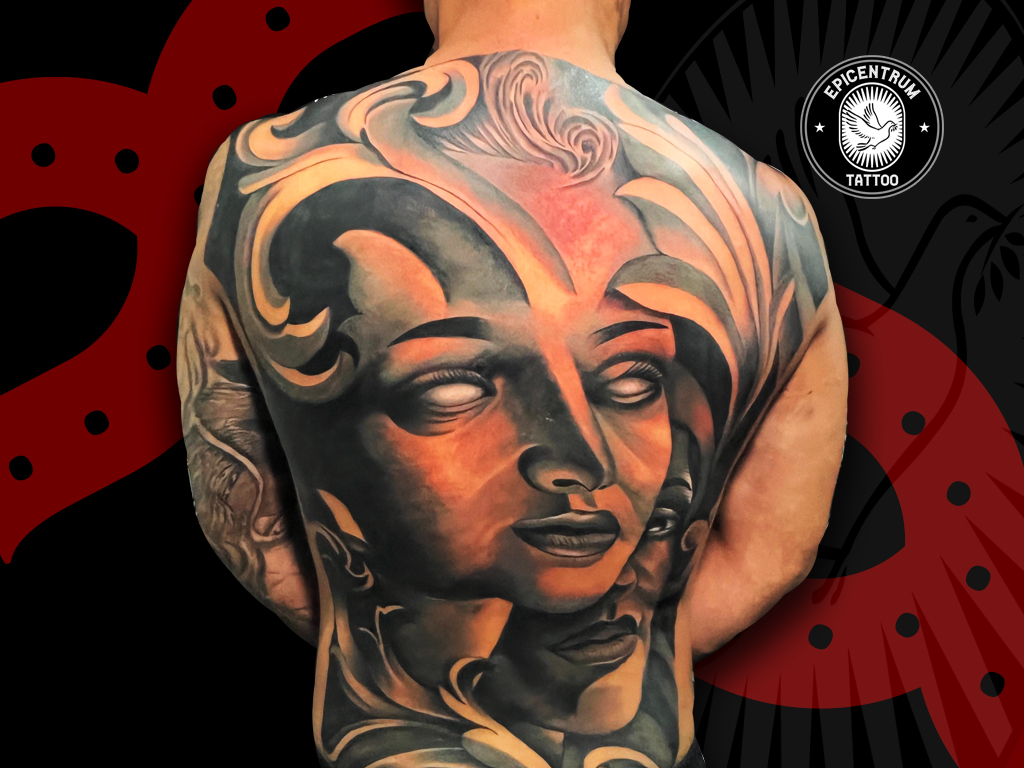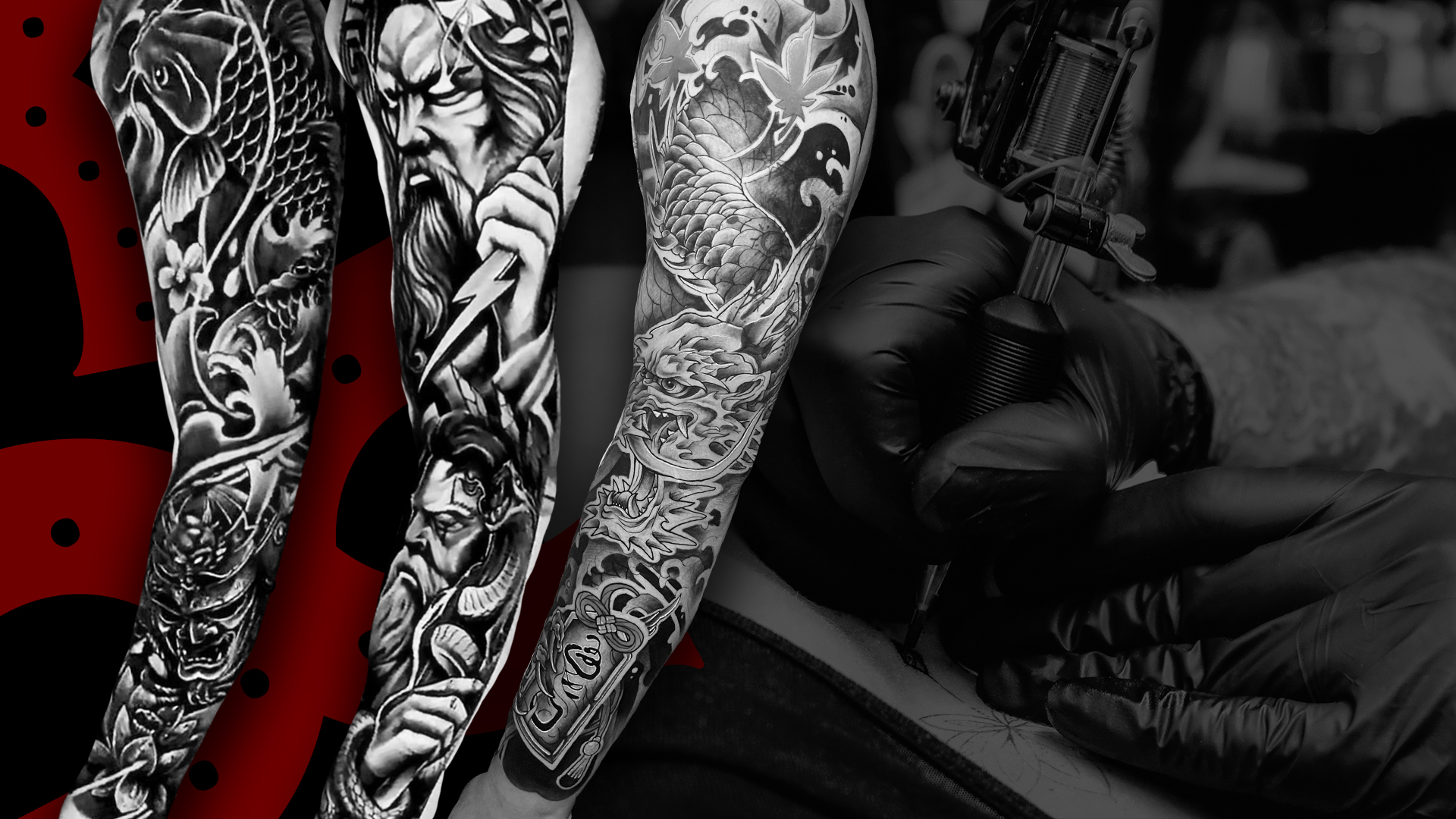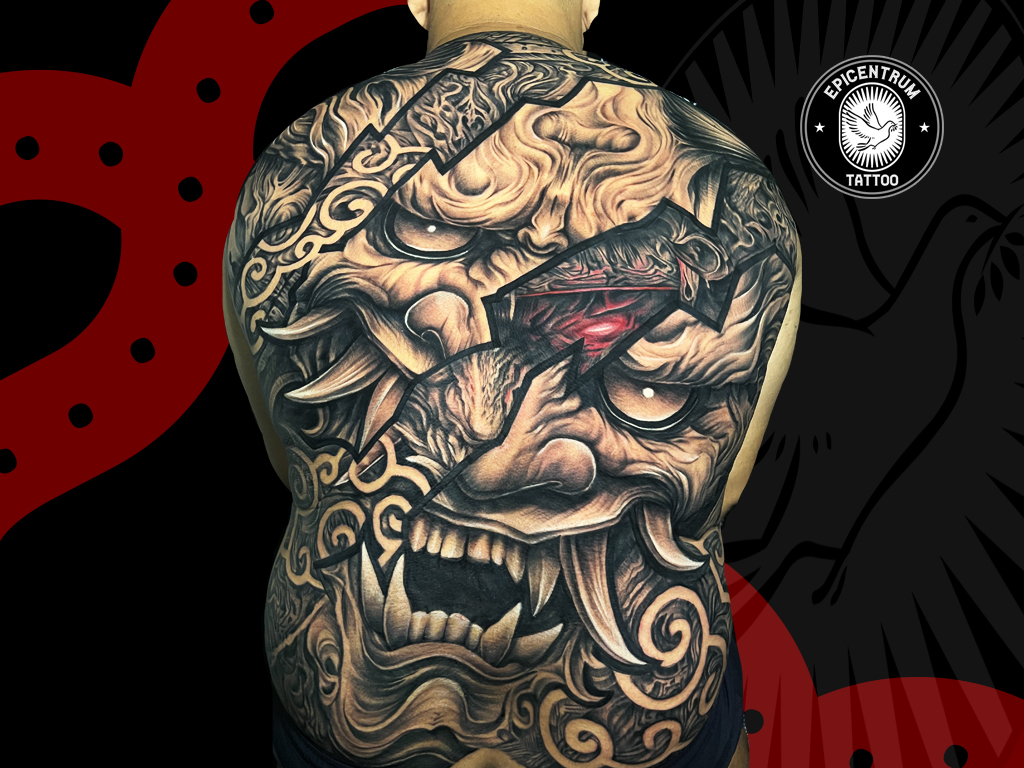Mandala Tattoo
History of Mandalas
Origins in Ancient Cultures
Hinduism: The concept of the mandala originates in ancient Indian cultures, particularly within Hinduism, where it symbolizes the cosmos. In Hindu temples, mandalas are often used as sacred diagrams for meditation and prayer. They are considered a representation of the universe and the connection between the individual and the divine.
Buddhism: Mandalas also hold a significant place in Buddhism, where they are used as spiritual tools for meditation and ritual. Buddhist monks create intricate mandalas using colored sand as a form of meditation to represent the impermanence of life. Once the meditation is complete, the mandala is often destroyed to symbolize the transient nature of all things.
Tibetan Culture: In Tibet, mandalas are used in various forms, including as representations of divine spaces in ritual practices. Tibetan Buddhists often create intricate mandalas to depict different deities, realms, and sacred geometry. These mandalas are believed to help individuals attain spiritual enlightenment.
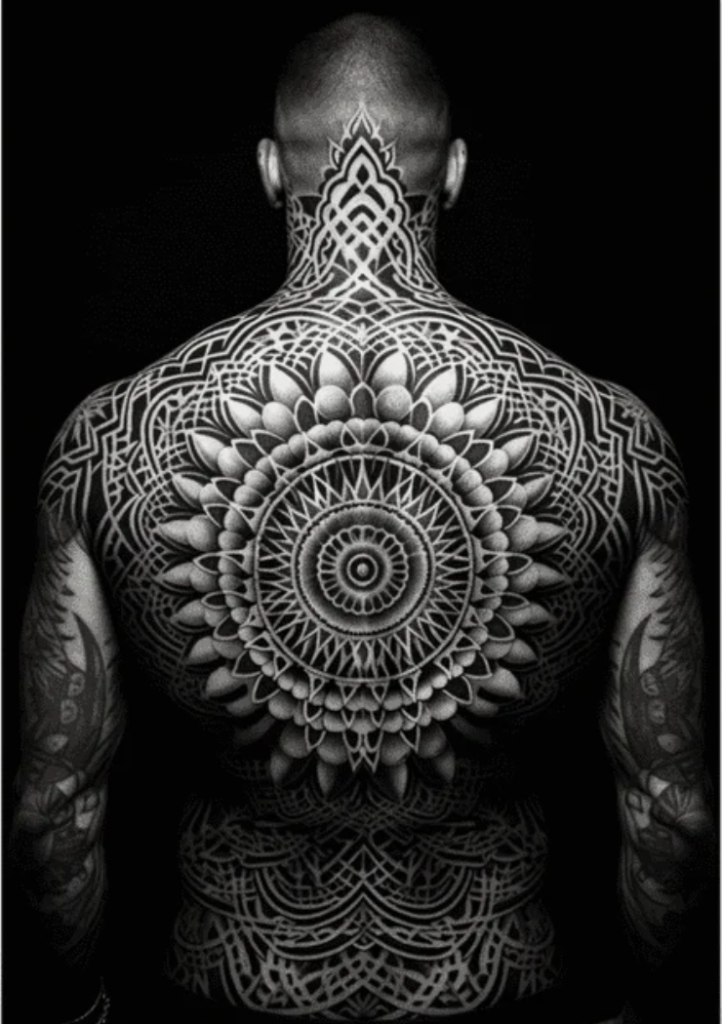
Western Adoption
While mandalas have deep roots in Eastern spiritual traditions, their meaning and symbolism have expanded globally. The 20th century saw a surge in interest, particularly through the work of Swiss psychiatrist Carl Jung, who embraced the mandala as a representation of the unconscious mind. Jung used mandalas in his therapy practice, believing that drawing or observing them could help bring balance and integration to the psyche. He saw the mandala as a symbol of wholeness and the self.
Jung’s work brought the mandala out of its purely spiritual context and into the realm of psychological healing. His influence helped to popularize mandalas in Western culture, where they became seen not only as spiritual symbols but also as therapeutic tools for self-discovery and personal growth.
Mandala Tattoos in Modern Times
In the modern era, mandala tattoos have become widely popular in Western culture and beyond, with a focus on personal expression, spiritual growth, and the pursuit of balance. The intricate nature of mandalas and their deep symbolism make them appealing to people from all walks of life. Today, mandala tattoos often represent:
- Personal Growth: For those on a journey of self-discovery, a mandala tattoo can symbolize balance, healing, and spiritual awakening.
- Aesthetic Appeal: With their bold, symmetrical designs, mandalas have become a sought-after tattoo style for their artistic beauty.
- Cultural Appreciation: Many people choose mandala tattoos to honor and connect with Eastern spiritual traditions and their rich cultural history.
Mandala Variations and Their Symbolism
While the traditional form of the mandala is circular, there are several variations and types of mandalas, each with its own unique symbolism.
1. Lotus Mandala
- Symbolism: The lotus flower is a powerful symbol in both Hinduism and Buddhism. It represents purity, enlightenment, rebirth, and the blossoming of the soul. A lotus mandala tattoo typically symbolizes spiritual awakening or personal growth, often chosen by individuals on a path toward self-realization or enlightenment.
- Designs: The lotus is usually depicted with petals that spiral outward in the form of a mandala, sometimes combined with other elements such as water or rays of light.
2. Flower of Life
- Symbolism: The Flower of Life is an ancient geometric shape composed of overlapping circles. It’s thought to represent the structure of the universe, the interconnectedness of all life, and the sacred geometry that governs creation. The symbol is widely used in both spiritual and scientific contexts to explore the connection between matter, energy, and consciousness.
- Designs: The Flower of Life often appears as a central motif within a mandala, with repeating geometric patterns radiating outward in a circular form.
3. Sri Yantra
- Symbolism: The Sri Yantra is a sacred geometric design that is considered one of the most powerful tools in Hinduism and Tantra. It is said to represent the union of the divine masculine and feminine energies and the balance of the physical and spiritual worlds.
- Designs: The Sri Yantra consists of nine interlocking triangles, symbolizing the cosmic energies and the union of creation and destruction.
4. Sun & Moon Mandala
- Symbolism: The sun and moon are often paired together in mandala tattoos to represent the balance of opposites. The sun is associated with energy, vitality, and masculinity, while the moon represents intuition, emotions, and femininity. Together, they symbolize harmony, balance, and duality in life.
- Designs: These tattoos might feature the sun and moon at the center of the mandala or as outer motifs, with rays and intricate patterns surrounding them.
5. Chakra Mandalas
- Symbolism: The chakra system is a key element in Eastern spiritual practices, representing the seven energy centers of the body. Each chakra is linked to specific physical, emotional, and spiritual aspects of life. Mandala tattoos that incorporate chakra symbols are often used by those who want to align or balance their energy.
- Designs: Chakra mandalas often feature seven layers or sections, each representing one of the chakras, and the colors associated with them.
Modern Popularity and Trends
Mandala tattoos have continued to evolve, often blending traditional elements with contemporary artistry. Some trends include:
- Minimalist Mandalas: Simple, clean designs with fewer details, making the mandala more understated.
- Watercolor Mandalas: Adding a splash of vibrant color outside of the geometric patterns for an artistic and modern twist.
- Mandala + Nature: Combining mandalas with elements like animals, trees, or mountains to create a unique personal narrative within the tattoo.
- Mandala Sleeve Tattoos: Larger, more complex mandalas that cover entire arms or backs, allowing for intricate designs to unfold and tell a story.


